Panasonic Lumix GF6 review
The Panasonic GF6 compact system camera and packs Wi-Fi for easy uploading
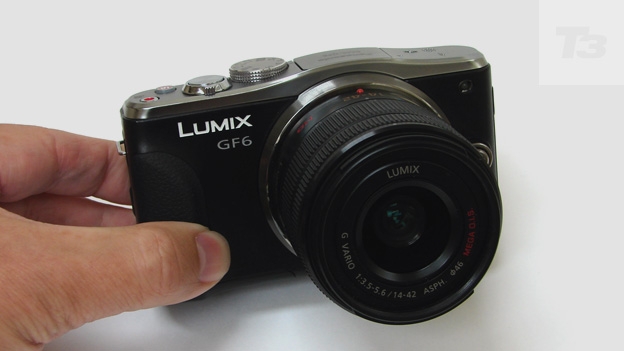
-
+
Affordable
-
+
Tilitng hi-res screen
-
+
Improved resolution
-
-
Small and plasticy
-
-
Not so good in low light
-
-
No eye viewfinder
Why you can trust T3

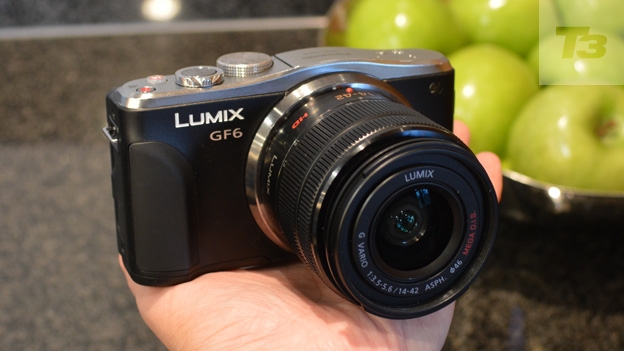

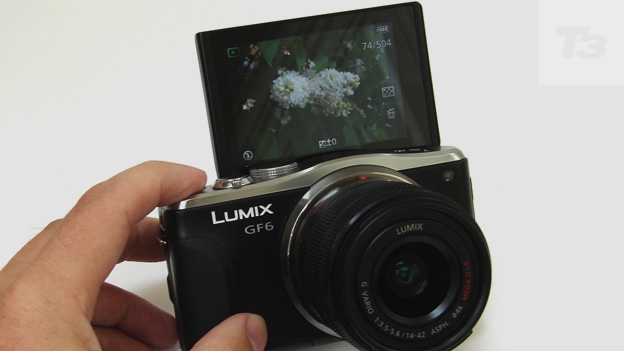
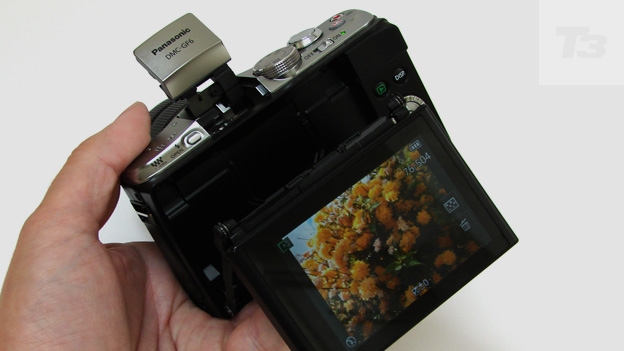
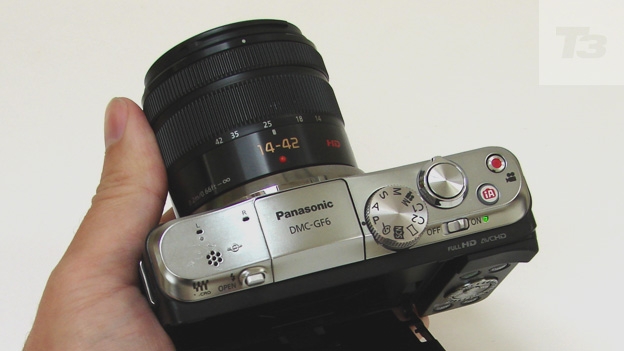
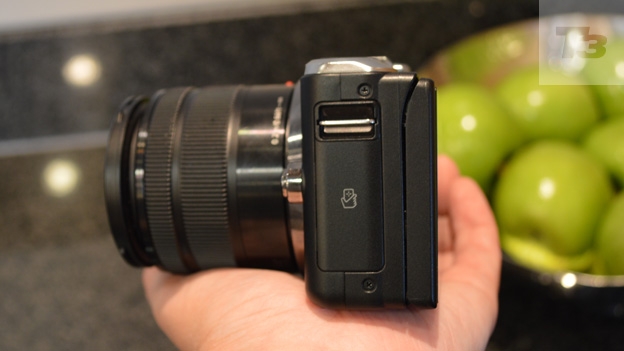
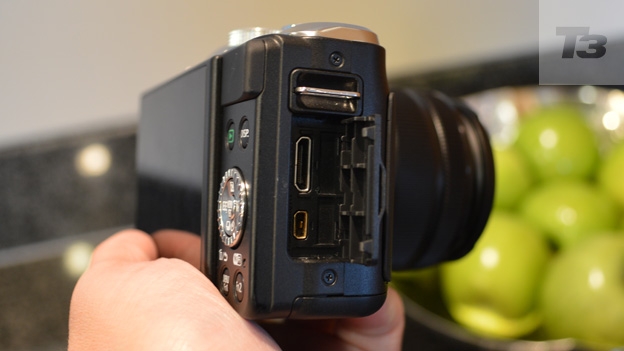
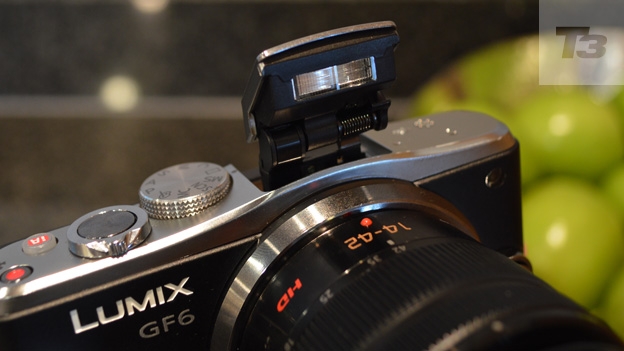
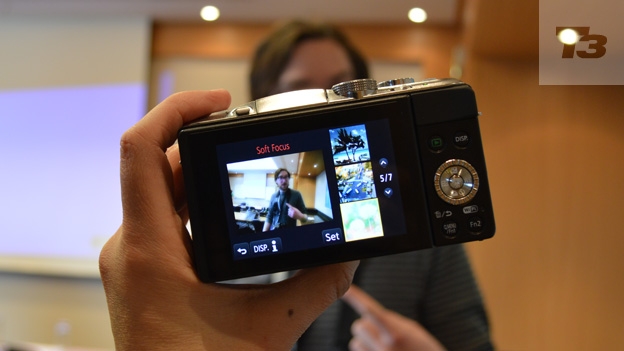
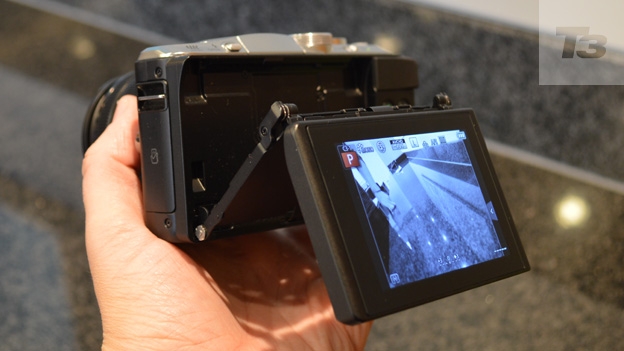
The Panasonic GF6 is the successor to 2012's GF5 and aims to attract the attention of those upgrading from smartphones or snapshots
In most cases camera upgrades come with a hike in resolution and the interchangeable lens Panasonic Lumix DMC-GF6 is no exception. This increases the now low-sounding 12 megapixels of the Panasonic GF5 - its predecessor - to a more market-realistic 16MP.
Announced prior to the higher-end and more obviously DSLR-styled Panasonic G6, the GF6 was on its launch the first Lumix G camera to offer both smartphone and tablet-friendly Wi-Fi and NFC connectivity, rapidly becoming must haves in the photographic world.
Constructed from metal and plastic, but managing to avoid feeling consciously 'budget' when gripped in the palm, this Panasonic for beginners also comes with a new image processor - the creatively named Venus Engine 8 - so there's no slow down in operation between the generations.
The camera has furthermore been afforded a maximum ISO25600 light sensitivity, for low light shooting without flash, up from the ISO12800 of the GF5.
Competing compact system camera models for your cash at this entry-level end of the spectrum include the Samsung NX2000, Fuji X-A1, Canon EOS M, Olympus E-PM2 and E-PL5, Nikon 1 J3, plus the Sony NEX-3N; all solid performers.
Aside from the connectivity options, compact dimensions and stylishly sloping top plate that have come to define the GF series, the other key aspect of the Panasonic GF6 is its tilting LCD screen.
This can be flipped upwards the full 180° so that it faces front for easier self-portraits, but not swung out to one side. In the absence of any viewfinder, this is used exclusively for shot composition and review - but we'd wager most of those trading up from smartphone or snapshot won't complain about the lack of an eye-level window.
As with most of the G range, on launch the GF6 comes as a kit with a manually operated 14-42mm zoom offering a 35mm equivalent focal range double that at 28-84mm; one of the selling points of Panasonic and Olympus' jointly developed Micro Four Thirds system being greater reach from more compact lenses, not to mention smaller camera bodies.
Having said that, competing cameras with larger APS-C sensors than the 4/3-inch one at the heart of the GF6 - such as the Canon EOS M, Sony NEX 6 or Samsung NX300 - are no longer the chunky beasts convention dictated they should be, making a straight choice harder these days.
Plus, with lens attached, we still struggled to shove the GF6 into a jacket pocket. Still, this latest iteration does come with 19 in-camera digital filter effects, applied at the point of image capture; providing a range of looks that we'd at one time have spent ages fiddling around in Photoshop to achieve.
With online prices currently just under £400 for body plus lens, the GF6 feels like one of the more affordable options for first-time CSC users. But have any corners been cut?
Panasonic GF6: Controls
Speed is at the forefront of this camera's operation: the GF6 powers up nigh-on instantly with a flick of the traditional-feel on/off switch located just behind the shutter release button. Like its predecessors in the GF5 and GF3, the GF6's operation is again via a blend of touchscreen operation and hard keys.
While a cluster of these are ranged to the right of its LCD at the back, most are located on the top plate where they fall directly under forefinger, and occasionally in the case of the button activating the pop up flash, the thumb.
While a small and plastic-y feeling scroll wheel and control dial on the backplate prompted us to favour use of touchscreen operation instead, Panasonic has re-instated a nicely stiff shooting mode wheel on the top plate, replacing the GF5's virtual onscreen version.
This contains 10 options including the usual Program, Aperture Priority, Shutter Priority, and Manual modes, plus a dedicated video setting, two further custom settings, a panoramic mode, scene modes and 'Creative Control' photographic effects filters, which include familiar sepia and black and white options alongside colour boosting or colour isolating options.
An option obviously missing from this dial is auto. This is because intelligent Auto (iA) gets its own dedicated button that lights up with a soft blue glow when in use.
A press of this button also overrides whichever setting has been selected on the shooting wheel, meaning operation is purely point and shoot all the way, the camera deciding which settings are best for a given subject, and as with past Panasonic's, very reliable and accurate it is too.
Panasonic GF6: Screen
On launch, Panasonic boasted that the GF6's electro static touchscreen LCD was similar to that of the iPhone 5, implying that those trading up would find it as intuitive as one might hope. But likewise on a practical level, screen resolution has been boosted from the 920K dots of the GF5 to over one million dots, in lieu of any additional eye-level viewfinder.
As with the GF5, a pop-up flash sits where a vacant hotshoe would otherwise be, so we can neither add an accessory viewfinder or an additional flash if wanted - but then as we noted earlier, the target market for this camera isn't necessarily going to notice what it's missing.
And what's been gained, in the ability to pull the LCD out a little way from the body and tilt the screen up or down, is a welcome improvement. If we've a criticism it's that some of the onscreen icons are still a little small for accurate selection and implementation via the end of your finger.
At times the array of options and amount of information onscreen can also get a little overcrowded and distractingly busy. But these are minor grumbles; if you want the manual control it's there, and if you don't thereís iA mode.
Panasonic GF6: Battery
The GF6's rechargeable lithium ion battery shares a compartment at the camera's base with a slot for inserting all varieties of SD media card, with a standalone charger and mains plug supplied in the box.
The Panasonic Lumix DMC-GF6 comes supplied with the exact same DMW-BLE9E cell as the GF5. Once again this is good for between 330 and 340 shots from a full charge, which is slightly better than average compared to most of the latest compact system cameras.
For example the Nikon J3 only managed around 230 shots when tested, whereas the Samsung NX2000 recently managed around the same as this Panasonic with 340 from a fully replenished cell.
Panasonic GF6: Image quality
While in lower light conditions when shooting handheld there is the occasional softness due to camera shake like there is with any almost CSC when you're composing the shot at arm's length via a back screen, outdoors under natural light the GF6 takes the chance to strut its stuff.
The reason why you'll be buying this camera and choosing it over your smartphone is for more professional looking pictures, and that is what is achievable here without blowing a month's wages.
As with its predecessors, colours are on the warm side, which is always flattering, whilst the provided 14-42mm lens maintains subtleties of detail.
With stereo sound provided to accompany Full HD 1920x1080 pixel video clips and a dedicated record button provided as a no-brainer on the top plate, shooting movies is also a cinch, with once again on a Panasonic the choice of shooting in more highly compressed AVCHD or more widely accessible MP4 formats.
If manually adjusting framing you'll want to practice manually adjusting focus too to prevent momentary blurring, but other than that, as with stills, it's point and shoot all the way.
Panasonic GF6: Verdict
When we reviewed the GF5, one mild criticism we had was that Panasonic had hardly tinkered with it in comparison to the GF3. It seemed very much 'more of the same'.
The step on between the 12 megapixel GF5 and 16 megapixel GF6 is thankfully a little more pronounced, and, resolution aside, we now get the expanded ISO range, compositional convenience of a tilting LCD, plus wireless connectivity options to bring the latest model bang up to date.
In addition there's the re-introduction of a proper shooting mode wheel to appeal to the traditionalists too. The only negatives are the complete lack of means via which to attach an eye-level viewfinder or accessory flash should you want to at any point in the future.
But aside from that, the GF6 is a reassuring case of Panasonic consistency and reliability from shot-to-shot. This, along with its affordable price, makes it a very good starter option.
Panasonic GF6 release date: Out now
Panasonic GF6 price: £399.99 with regular manually operated 14-42mm zoom
Sign up to the T3 newsletter for smarter living straight to your inbox
Get all the latest news, reviews, deals and buying guides on gorgeous tech, home and active products from the T3 experts
Gavin Stoker has been writing about photography and technology for the past 20 years. He currently edits the trade magazine British Photographic Industry News - BPI News for short - which is a member of TIPA, the international Technical Imaging Press Association.
-
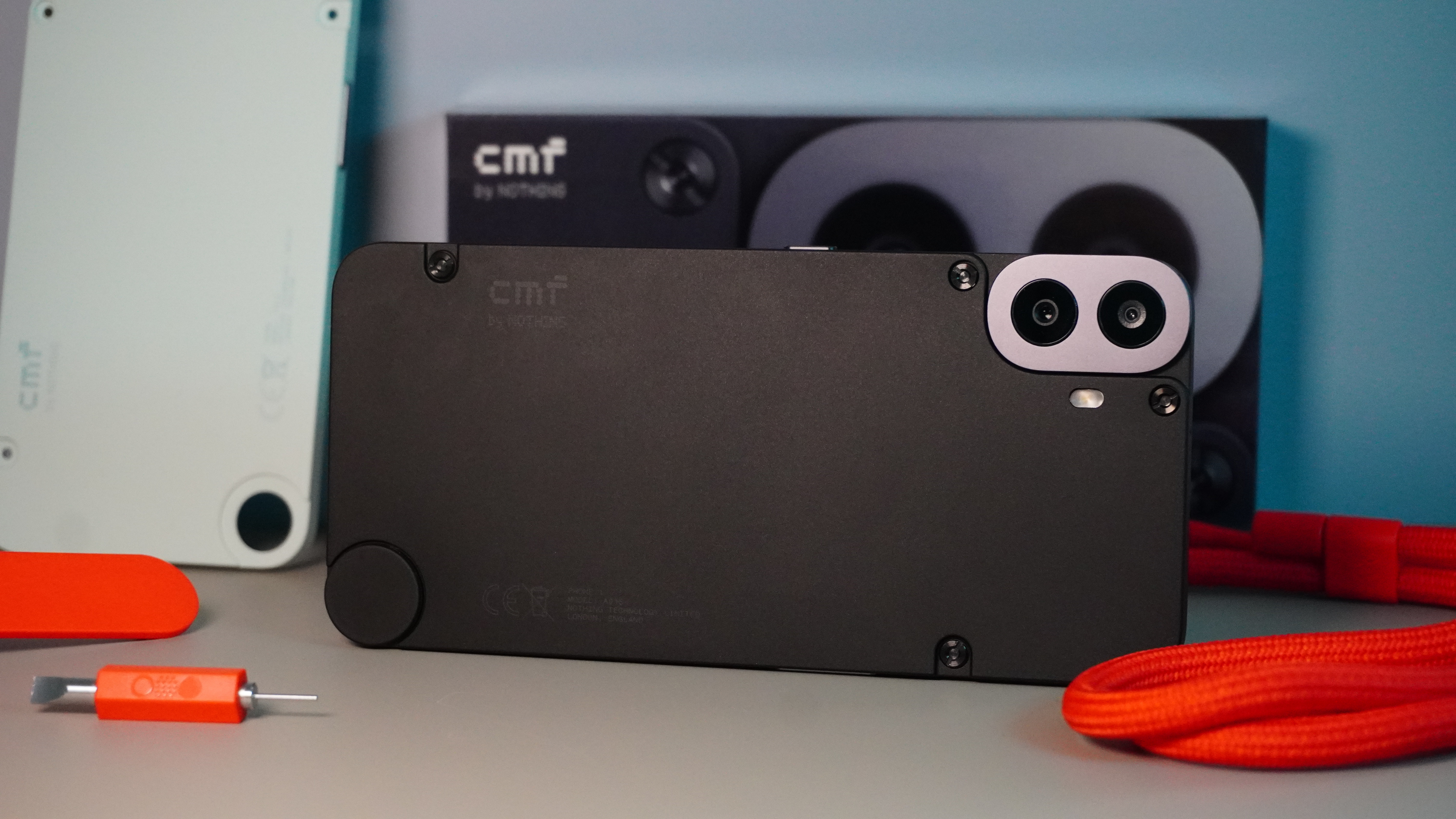 Nothing's next phone could be a budget powerhouse, thanks to this confirmed hardware detail
Nothing's next phone could be a budget powerhouse, thanks to this confirmed hardware detailOfficial details reveal more about the next phone coming from Nothing
By Chris Hall Published
-
 Adidas Adizero Boston 13 is softer, faster, and finally feels like a proper trainer
Adidas Adizero Boston 13 is softer, faster, and finally feels like a proper trainerThe brand quietly fixed everything runners didn’t love about the Boston 12
By Matt Kollat Published
-
 The Morning Machine’s younger sibling is here – same precision, now in a compact design
The Morning Machine’s younger sibling is here – same precision, now in a compact designIntroducing the Morning Mini
By Lizzie Wilmot Published